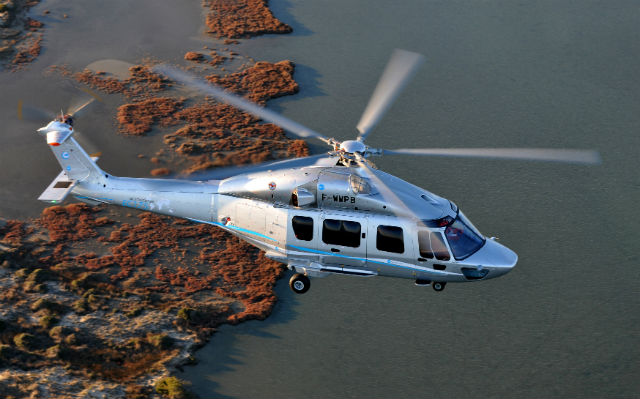Eurocopter is targeting a 15% delivery increase in 2013 to around 550 units, as it begins to ramp up its key programmes.
Speaking at a Paris media briefing, chief executive Lutz Bertling described the coming 12 months as a "year of execution" as the company works to bring its "super medium" EC175 into service and increase production rates of the Tiger and NH Industries NH90.
However, Bertling says that special attention must be paid to securing the robustness of Eurocopter's supply chain, particularly for the EC175, given the financial pressures in the market.
"We need to make sure, from the very beginning, that [the EC175] delivers good mission performance and availability for our customers," he says.
 |
|---|
Patrick Penna/Eurocopter |
The first EC175 is scheduled for delivery in the fourth quarter of this year to an as-yet undisclosed customer in the oil and gas segment. Certification was scheduled for late 2012, but slipped last year due to issues with the aircraft's avionics system. Bertling says it could have certificated earlier, but as a helicopter with "lower performance" than it is capable of.
Eurocopter experienced a record 2012, breaking through the €6 billion ($8 billion) turnover barrier for the first time, to €6.3 billion, up 15% on the previous year. Deliveries stood at 475, down slightly on 2011's figure. The airframer took in 469 net orders worth €5.4 billion, including 19 for the EC175 and 37 Super Pumas.
The company expects to secure additional orders for the EC175 in the first quarter, says Bertling. He believes the type, and the developmental X4, will allow it to challenge more readily in the medium-weight segment, where, Bertling admits, it is "not the market leader".
Additionally, it hopes it will be able to return the EC225, which is grounded in the UK and Norway, to unrestricted overwater flight through the agreement of additional "safety barriers", such as more frequent inspections, with the countries' civil aviation regulators.
However, Bertling admits the company is still some way off identifying the root cause of the problem that resulted in two EC225s ditching in the North Sea in 2012.
Source: Flight International























